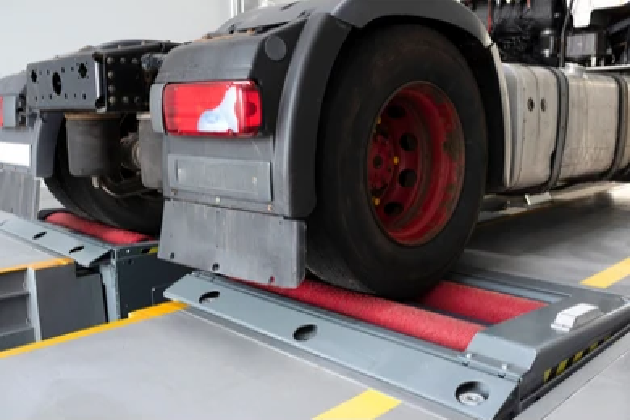
Considering that your vehicle was in perfect condition when you purchased it, you might be wondering why you would need to get its wheels aligned only a few months later. The answer to this question varies on the various causes that lead to your tires becoming imbalanced.
The term ‘wheel alignment’ is defined as the process of getting your tires aligned in a perfect position. You need to make sure that during the wheel alignment process the tire angles are properly aligned with each other and to the surface of the road.
There are various factors that may lead to wheel misalignment including: bumpy roads, driving styles, missing humps and more. It is of utmost importance to get wheel alignments whenever necessary, as it is essential in ensuring your vehicle’s safety and ensures that your vehicle is functioning properly.
The main goal of a wheel alignment is to keep your vehicle or automobile system in the best physical position. Getting your wheels aligned adjusts the overall angle of the wheels so that your car travels straight without stretching or pulling from one side to another.
Wheel alignments play an important role in enhancing the overall efficiency of your vehicle, as it helps ensure your safety while driving and extends the lifespan of your tires.
Regular wheel alignment maintenance is important to avoid unnecessary wear on your tires, suspension, and brakes. Unaligned wheels are a major cause of uneven wear on a tire, which poses a safety risk while driving.
There are three different types of wheel alignments. Which one you may need is highly dependent on the vehicle you drive. The types of wheel alignments are as follows:
A type one wheel alignment is known as ‘front end alignment’. In this process, an alignment is only performed on the front two wheels.
In this alignment process, all of your vehicle’s wheels go through the alignment procedure, and are aligned by positioning the rear axle’s angles.
In a type three alignment, which is typically advised for vehicles with a solid rear axle, the thrust alignment is combined with the front-end angles to make sure all four wheels are square to one another.
A camber is the view from the side of the vehicle and allows you to view the front and back tires as well as the tilt of the truck’s steering axis.
A vehicle’s ride height, the separation between the body and the pavement, is the starting point for all alignment measurements. Please note that it is necessary to get your tires aligned after customizing your truck by elevating or reducing the chassis; and changing the size of your tires.
While you are driving your heavy-duty trucks and trailers, you might experience slight wear and tear in the suspension and axles or notice some failures or signs that indicate that your heavy-duty range of trucks will need a complete wheel alignment process. Some key signs you need a wheel alignment include:
Tubby’s Truck and Trailer is your reliable partner when it comes to the most affordable wheel alignment for your commercial vehicles, heavy-duty trucks, and trailers. If you need an alignment contact us today for more information or to book an appointment.